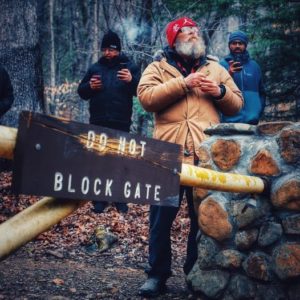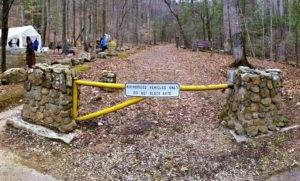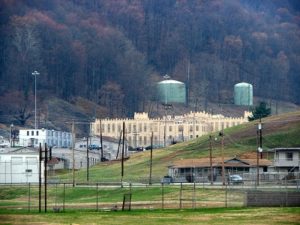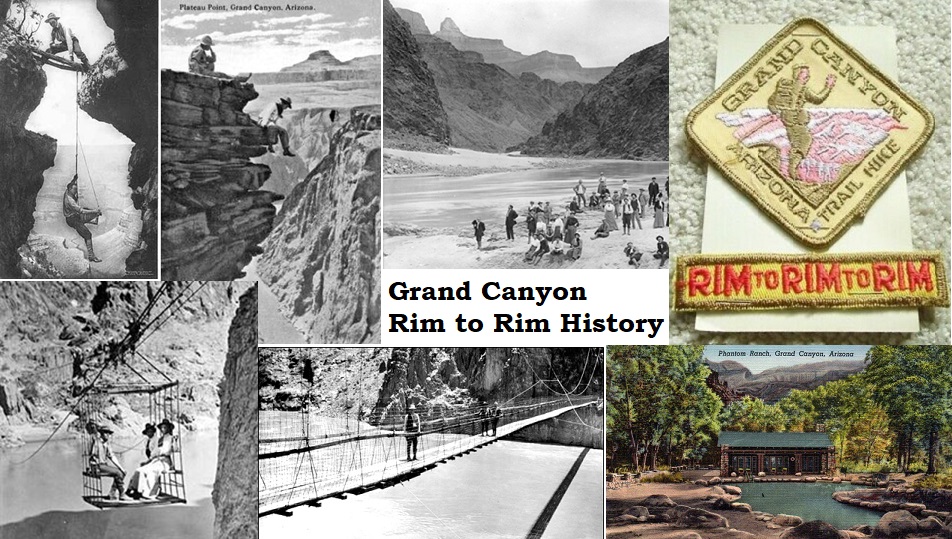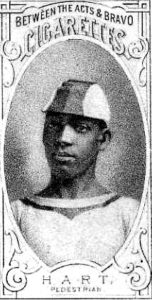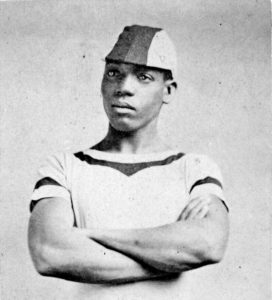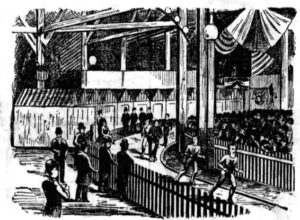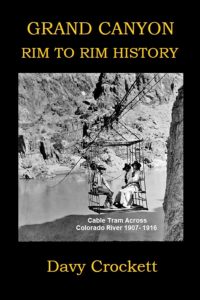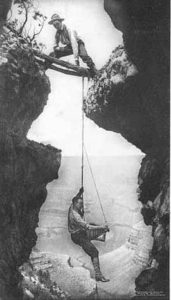Podcast: Play in new window | Download (Duration: 24:48 — 29.1MB)
Subscribe: Apple Podcasts | Spotify | Amazon Music | Android | Pandora | iHeartRadio | JioSaavn | Podcast Index | Email | TuneIn | RSS | More
By Davy Crockett


The Barkley Marathons course (thought to be roughly 130 miles and about 63,000 feet of elevation gain) at Frozen Head State Park in Tennessee was conquered for the first time in six years. Laz (Gary Cantrell) blew the conch shortly before 9 a.m., on March 14, 2023, signaling to the competitors that they had one hour to prepare for the start. At 9:54 a.m. Laz, sporting a new “geezer” hat in Japanese, lit the ceremonial cigarette, and about 40 daring athletes were off and running on the grueling course that “eats its young.” Previously, only fifteen people had finished the 100-mile version of this brutal trail race which was introduced in 1986.
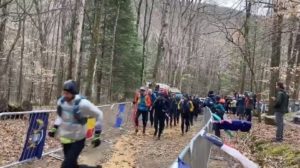

The 2023 field, including eight women, ran or walked up the trail toward the Cumberland Mountains. They had all trained hard, but also had to figure out and endure the purposely mysterious and fun registration process. In addition to writing an essay, this year, they had to answer a series of questions including, “What will be the 119th element on the periodic table.”


